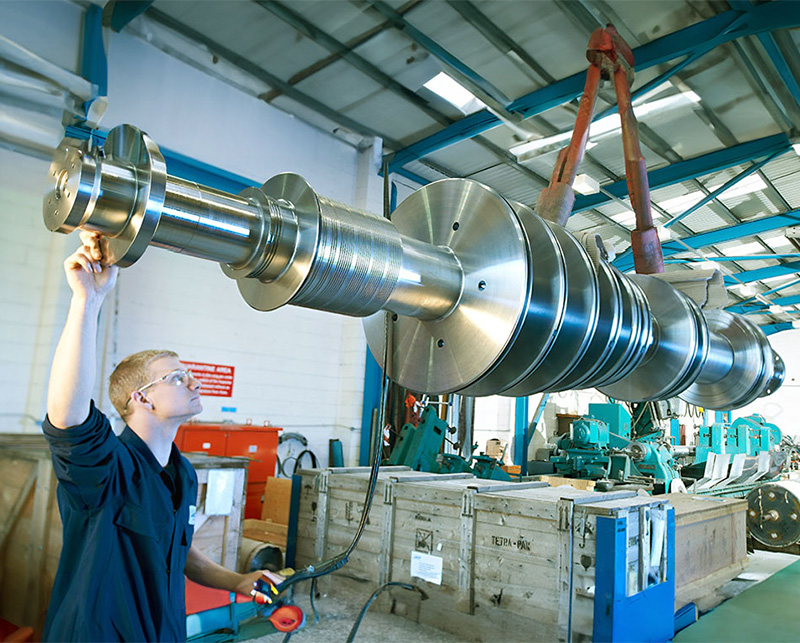Nickel plating
Nickel electroplating is a process of depositing nickel on a metal part. Parts to be plated must be completely clean and free of dirt, corrosion, and defects before plating can begin.
World-class nickel plating
Heavy nickel deposits enable the reclamation of damaged, worn or incorrectly machined engineering components, giving chemical and high temperature resistance.
Nickel also forms an excellent seating for static fit bearings and eliminates fret corrosion while offering better performance than the original steel. It may be used as a corrosion barrier beneath hard chrome deposits on components such as laminator cooling rolls, conductor rolls and duct rolls – preventing attack on the base materials through the micro-porous structure of the chromium.
BEP can also nickel plate rolls with a softer more ductile grade, specifically formulated for the machine engraving industry. After engraving and chrome plating these rolls are often used to apply chemically aggressive coatings onto packaging film.
All our nickel deposits can be turned and ground to customer specifications in our well equipped machine shop.

The process
To clean and protect the part during the plating process, a combination of heat treating, cleaning, masking, pickling, and etching may be used.
Once the piece has been prepared it is immersed into an electrolyte solution and is used as the cathode. The nickel anode is dissolved into the electrolyte to form nickel ions. The ions travel through the solution and deposit on the cathode.
Engineering nickel is used where brightness is not desired. Non-decorative applications provide wear and corrosion protection as well as low-stress build ups for dimensional recovery.
BEP use standard Watts solution with no brighteners. We use a low-chloride concentration to reduce the stress in the deposit. Standard hardness is 250 HV, but it can be lowered to ~ 180 HV if required.




